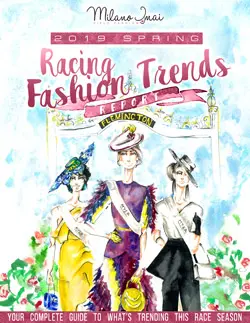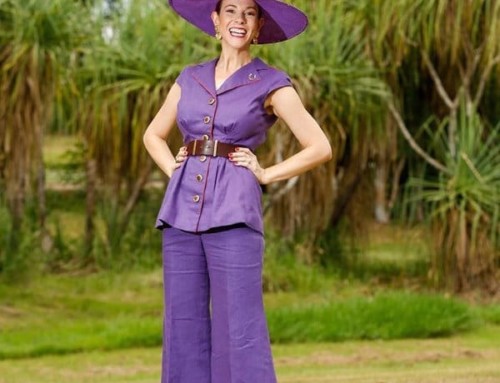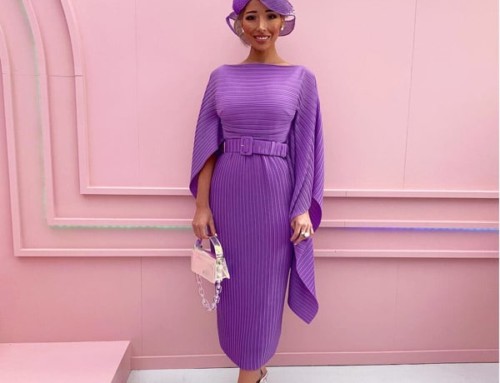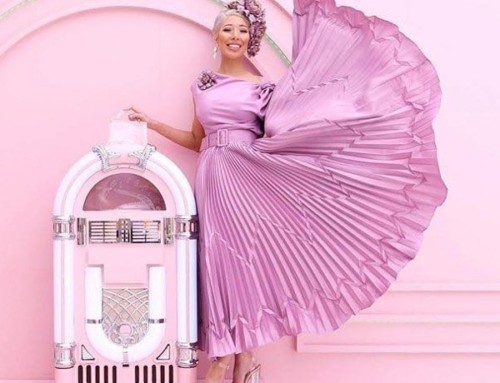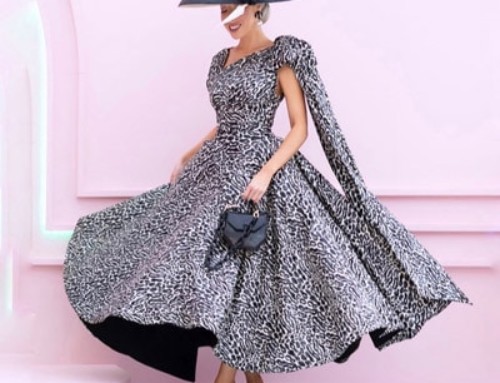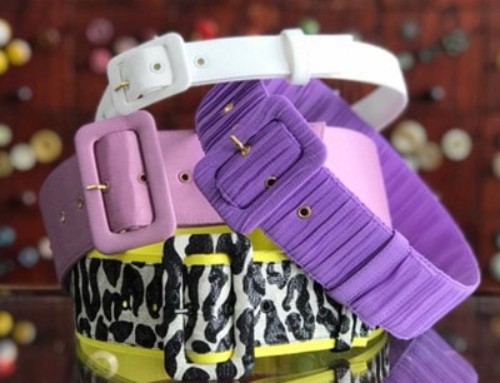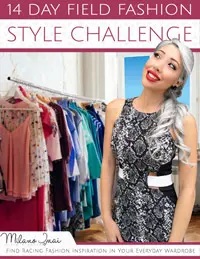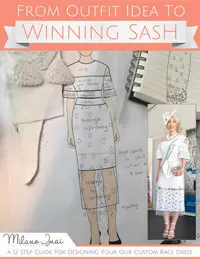I’ve become a pleat fanatic! I just love the way a pleated dress or skirt looks as it makes fabric look so tres chic!
It was my recent experience with Specialty Pleaters in Melbourne, who hand pleated detail on a dress for me, that inspired this blog.
Upon chatting with Simon, the owner of Specialty Pleaters, I learned that he was on the verge of closing his workroom. I felt compelled to write a blog post about the fantastic art of pleating and what a true disaster it would be if the last pleat workshops were to close. Where would all the fashion loving race ladies get our custom pleats from?? Devastating!
So, I’ve collated plenty of information on the art form, examples of pleats worn at the track and inspo on the gorgeous looks they can produce.
I hope this post inspires you to try out a pleated feature in your next race day look or, to incorporate them in your next bespoke dress!
Contents
What are Pleats?
Pleats are an ancient art of fabric manipulation that originated in Egypt. They were a symbol of power and luxury, adorned by the rich; queens and pharaohs. ‘Pleating’ or ‘Plisse’ alters the shape of fabric to create geometric patterns and stripes. It turns a bi-dimensional surface into a tri-dimensional pattern.
Pleats are associated with luxury because of the skillset and time taken to create a pleated garment. Many years ago, pleats could be made by using egg whites or a liquid gum solution to solidify the fabric into the desired pleated effect, but once washed, the fabric would need to be pleated all over again. Can you imagine all that work unravelling before your eyes?
These days, while some pleated fabric for ready-to-wear fashion can be made by machine, the traditional art of pleating is still very much done by hand, especially for couture and one-off garments.
A number of couture fashion houses feature pleats in their runway collections year after year. Chanel took over Atelier Lognon, one of Paris’s last hand pleaters, in order to preserve the skills and knowledge of its aging owner who had no successors.
Christian Dior
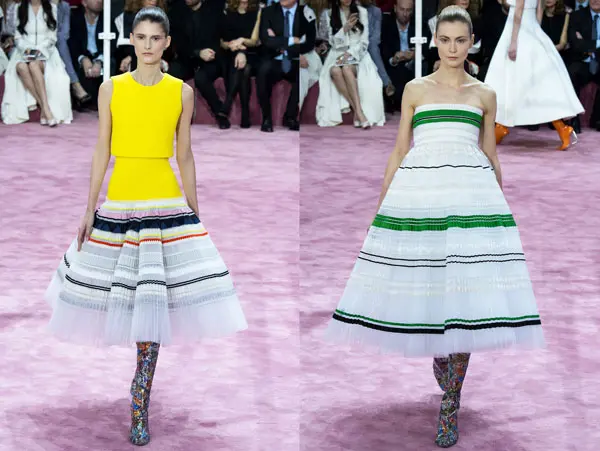
Image: www.vogue.com
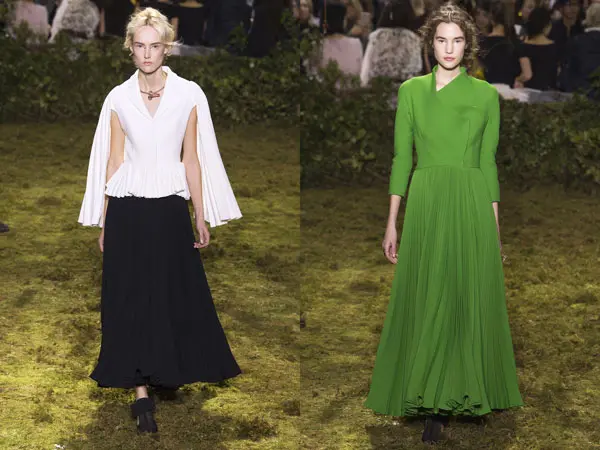
Image: www.vogue.com
Givenchy
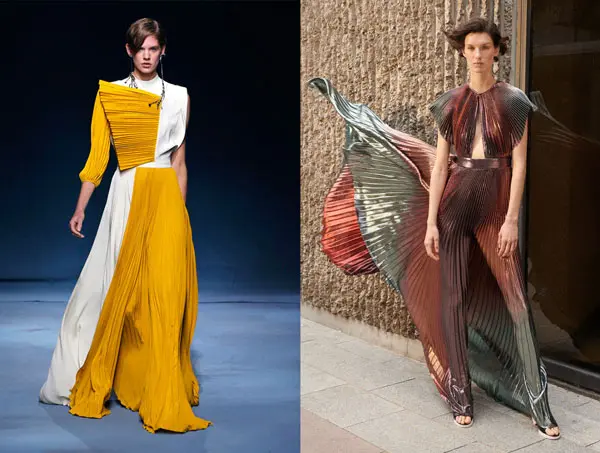
Image: www.harpersbazaar.com, www.vogue.com
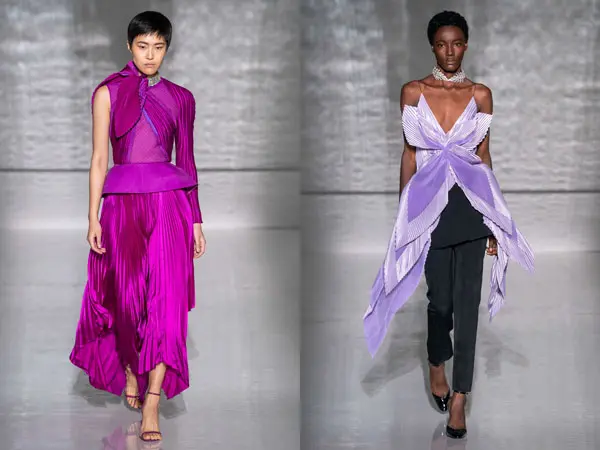
Image: www.vogue.com
Chanel
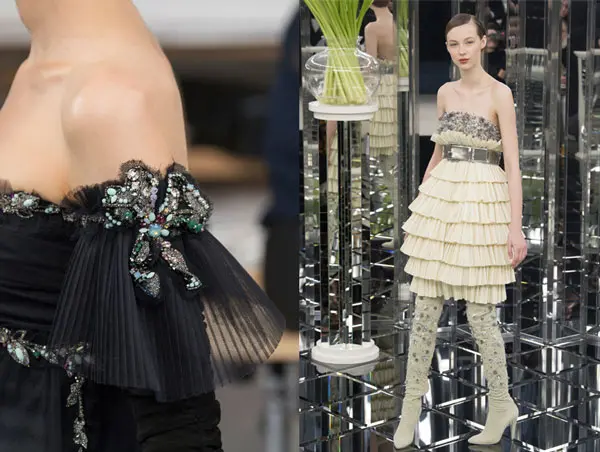
Image: www.livingly.com, www.vogue.com
Peter Pilotto
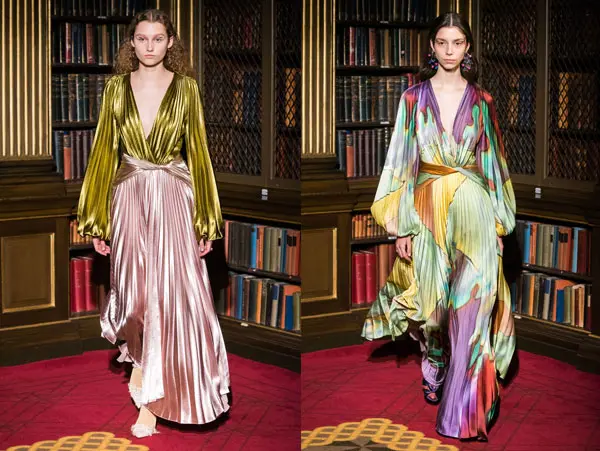
Image: www.vogue.com
Ermanno Scervino
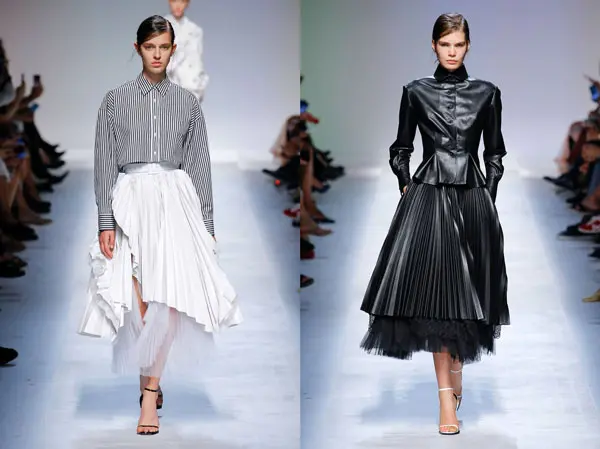
Image: www.vogue.com
Valentino
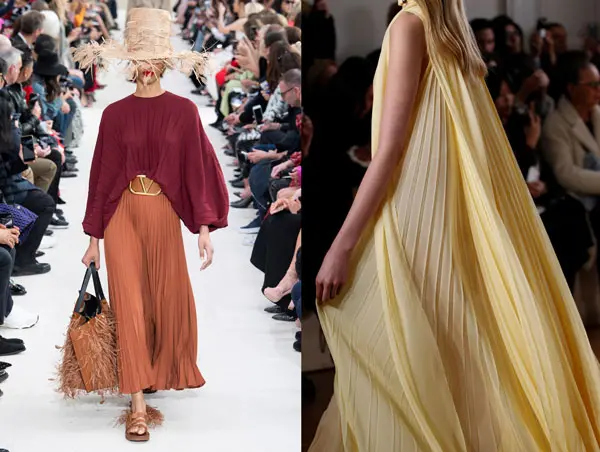
Image: www.vogue.com
Stella McCartney
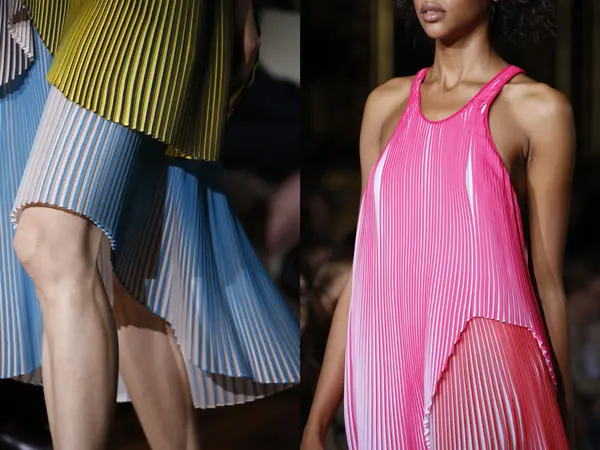
Image: www.vogue.com
Iris Van Herpen
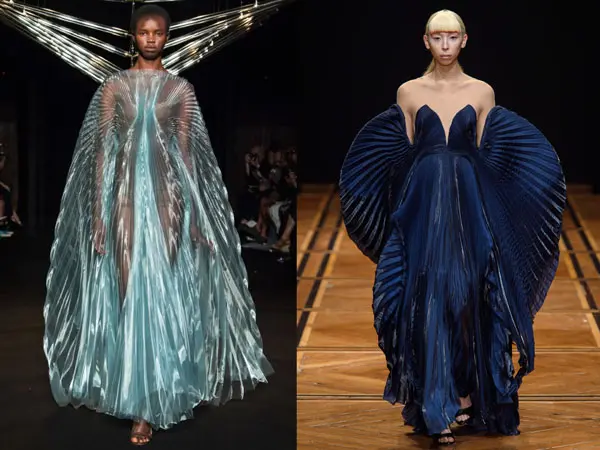
Image: www.vogue.com
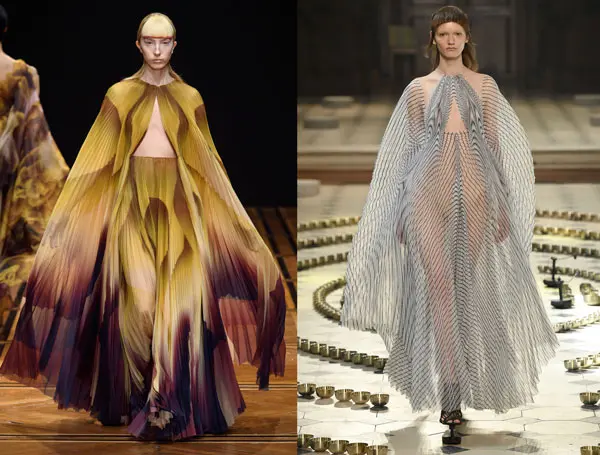
Images: www.vogue.com
Pleats are a Dying Art
This age-old craftsmanship is on the verge of extinction. Even in Australia where there were once over a dozen pleating workshops in Melbourne alone, there are now just two left in the whole country: Specialty Pleaters in Melbourne and Rado Pleating in Sydney.
Specialty Pleaters is Australia’s oldest pleating company still in operation, and dates back to 1930. A workroom that once boasted a staff of up to 40 workers, now leaves behind just one, ex investment banker Simon Zdraveski, who took over the company in 2016 in a bid to save it from closing its doors for good.
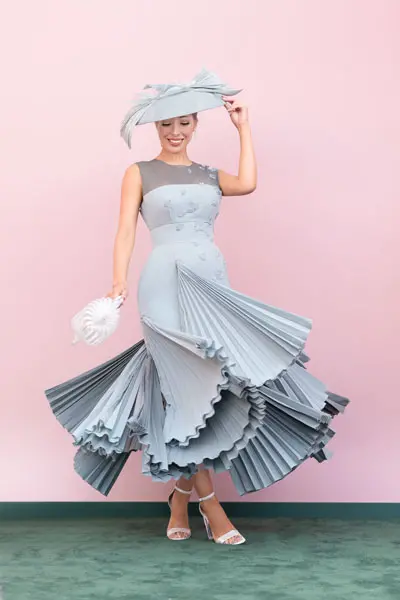
Image: Wendell Teodoro Melbourne Cup Day 2018
I began my love affair with pleats last year, when my dressmaker, Andrew, and I featured pleats in my dove blue race day dress. I love the way they transform fabric into high fashion garments with an air of luxury.
It really does make me feel sad, thinking about this age-old skill dying out. Handmade pleats will no longer be available to us fashion lovers and designers.
A Trip to an Artisan Pleater
When I discovered that we had one of the few artisan pleaters left in the world, in Melbourne, I promptly contacted Simon from Specialty Pleaters to organise a trip to visit him in his workroom. I was so intrigued by the designs and patterns he was capable of doing and couldn’t wait to visit.
I booked flights to Melbourne and used the two-night stay I had won from Derby Day FOTF last year, to stay at the Sofitel on Collins. Very fancy! It took a tram, a train and an Uber to get me to Specialty Pleaters, located in Williamstown, my dressmaker in tow.
I never expected there to be SO MANY different molds of pleats. There were literally hundreds, his workshop was full to the brim with them!
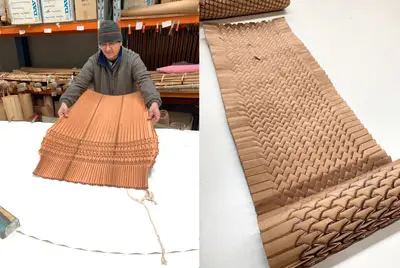
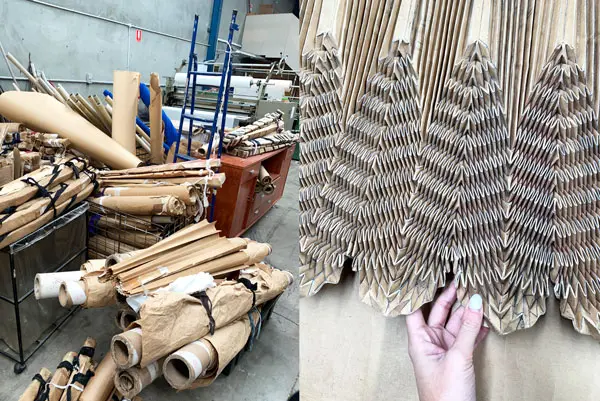
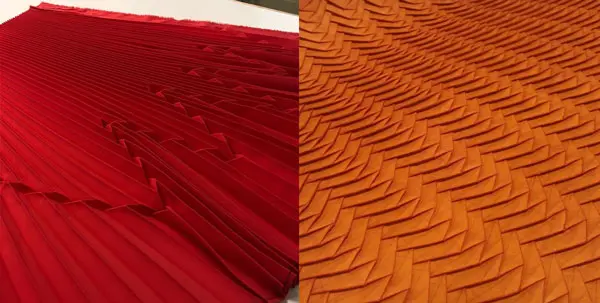
Images: Specialty Pleaters
I spent an hour rummaging through his molds, asking copious amounts of questions and learning all about Simon and his work. Having planned for months that I wanted to have a feature pleated skirt in my Melbourne Cup day outfit, I was thrilled to have found the most beautiful mold!
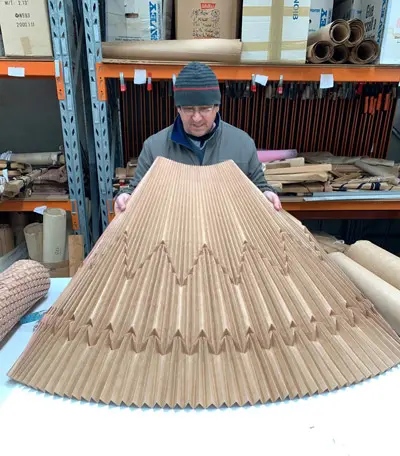
How Pleats are Made
Creating beautiful handmade pleats is a process. Firstly, you choose your mold. This usually consists of two cardboard patterns which you sandwich your chosen fabric between. It can take two people to lay out the mold, as they can be quite large and fiddly.
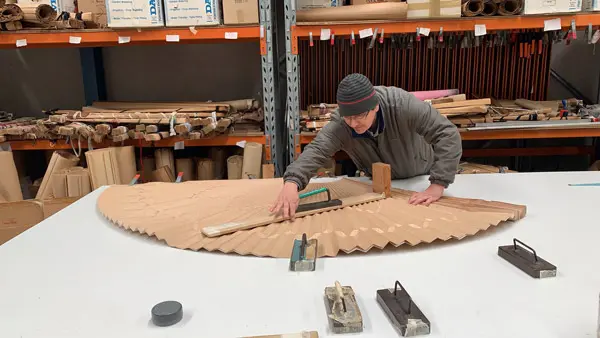
Depending on the mold you choose, there might be an intricate pattern featured within the pleating. The cardboard is folded in different ways, to create different patterns, and your fabric is sandwiched in between.
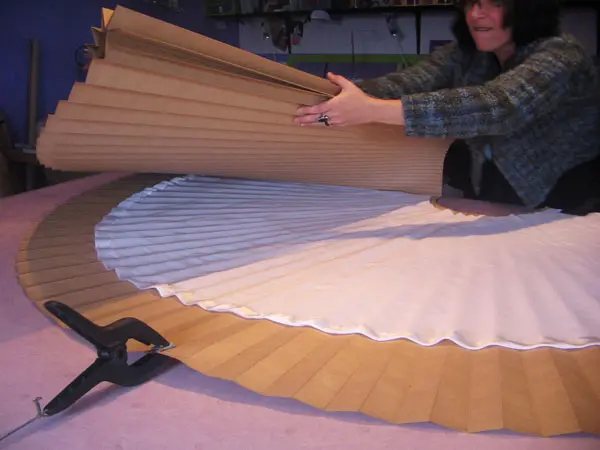
From here the fabric is compacted and a fastening is tied around the mold to hold it in place. It is then placed in an industrial oven to be baked at a high temperature, which sets the pleats in place. The mold is then taken out and left overnight to completely cool and the fabric is removed the next day.
It’s a magical process, like the evolution of a butterfly, where the fabric starts off as a caterpillar and emerges as a beautifully intricate, striking butterfly. –I’m good at analogies hehe.
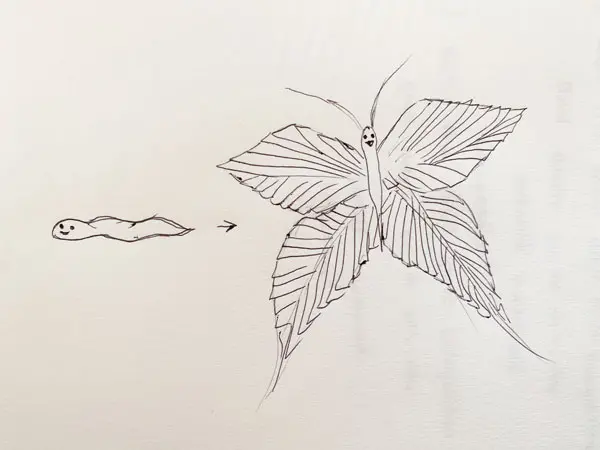
I even drew this beautiful sketch for you.
Suitable Fabrics for Pleating
When having pleats made, you provide your own selected fabric. But there are some requirements. If your fabric is too thick, you will be limited to what (if any) pleats you can have, as the fabric must be able to be compacted into the pleat mould. A fabric too thick will not fold and can’t be manipulated as easily.
When selecting fabrics, polyester, silk and blends look great. You don’t have to choose a synthetic fabric as most people assume, natural fibres pleat up beautifully too. Silk is probably the favoured fabric for pleating because of its lightweight and beautiful movement.
If you are unsure whether your fabric is suitable, you can mail a sample to Specialty Pleaters who will assess your fabric and give you options of what molds you can choose from. You can then send in the rest of your fabric, or if you live locally, make a trip to go see them.
You will also need to keep in mind, when fabric is pleated, the general rule is that you will need three times the amount of fabric. The new dimension of the material takes up a greater volume in fabric.
Price of Pleats
The price of pleats will vary depending on the intricacy of the mold and how many panels you need. A basic sunray pleat may cost approximately $60 a panel, whereas, more intricate pleats can be up to $200 a panel. To give you a better idea, for a full skirt, you need two panels.
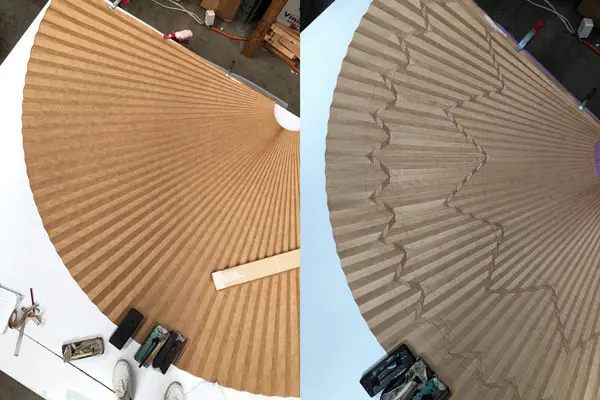
Image: A basic sunray and a fancy sunray- also now known as the Milano Skirt ;) Image from Specialty Pleaters
If you want to have some pleats made, you can head to specialtypleaters.com and view a few of the molds they have on offer, or email them to find something to suit your needs.
Pleats for My Race Day Dress
When Simon sent me a photo of my completed pleats I couldn’t help but squeal with excitement. There is no denying that pleated fabric is a beautiful art form all on its own and I was honoured to have a special piece of history in my possession.
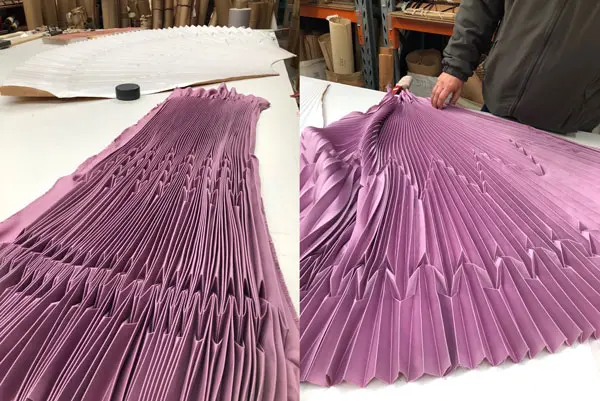
Numerous Skype calls were had with my dressmaker, sketching and pinning, draping and designing, to complete my beautiful pleated dress. The pleated skirt itself for me was the main feature, and we used a tulle sewn in petticoat to push out the skirt and display the pleats better.
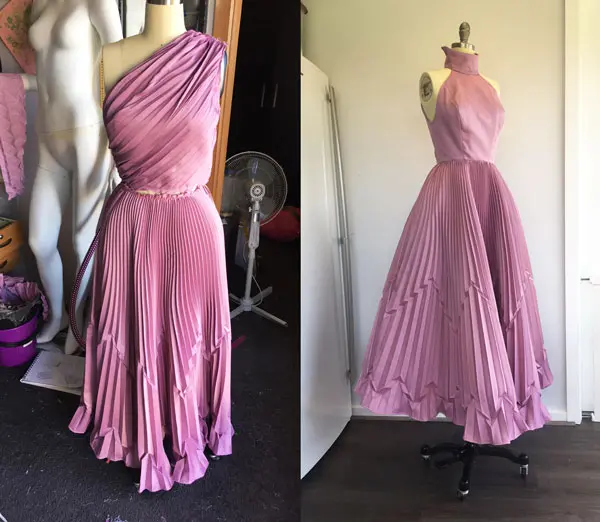
My dress maker did such an incredible job putting this dress together!
The feature of the high neck and collar provided the elegant sophisticated look I wanted. Paired with a tall crowned wide brim hat, the whole ensemble had a very Dior look.
I wore this dress to the QLD State final for the Myer FOTF competition. On the day, I had some photos taken by my friends Anthony Rice and Ross Stevenson, who captured the details and movement of my dress so beautifully!!
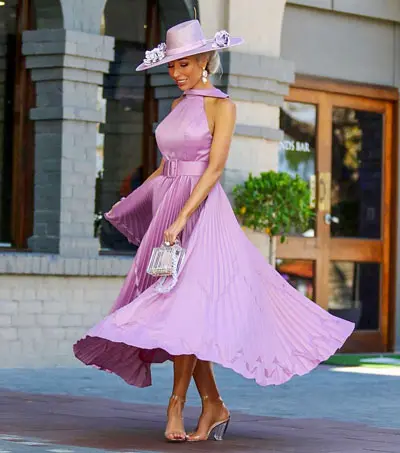
Image: Ross Stevenson
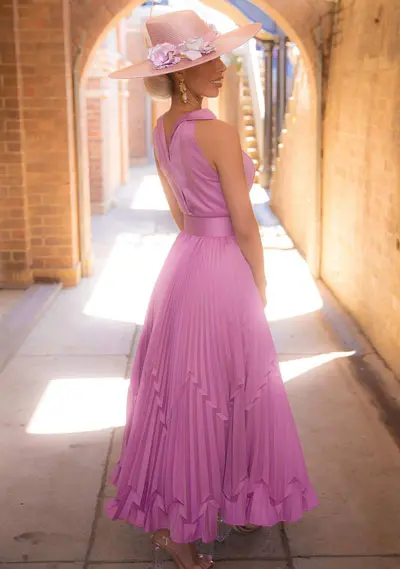
Image: Anthony Rice
Movement Reveals the Beauty of Pleats
A stunning feature of pleats, is the movement they create when walking and twirling!! It’s as if the fabric just floats through the air, mesmerizing everyone in its path. In photo competitions, which are very common these days, giving your pleats movement in your photo can be very eye catching.
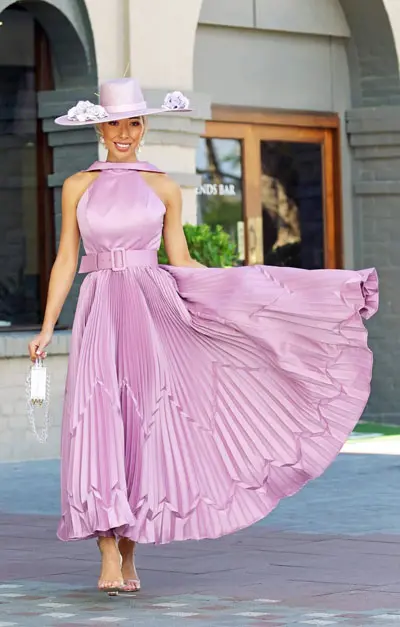
Image: Ross Stevenson
Common Types of Pleats Used in High Fashion
Some pleats can be created through sewing techniques by folding fabric back on itself and stitching the pleat in place; box pleats, knife pleats and accordion pleats to name a few. These can also be known as ‘tucks’.
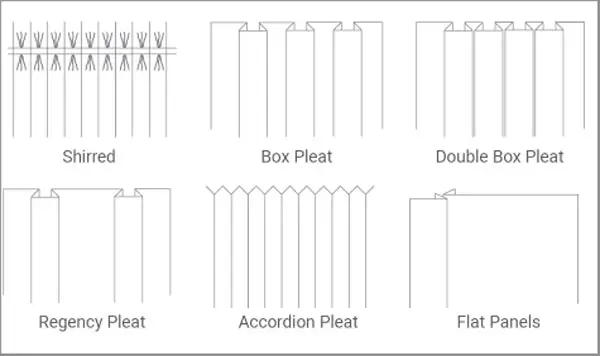
Image: forbesgroup.eu
Others need to be created with pleating boards and molds. Pleats created this way have the pleats running through the entire fabric and different patterns can be introduced in various places on the garment. The molds don’t exactly have standard set names, as there are many variations of folds that can be done.
To give you an idea of all the different kinds of pleats available, here are a few photos…
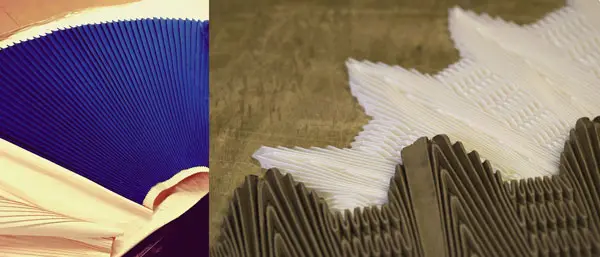
Image: insideyourstyle.com
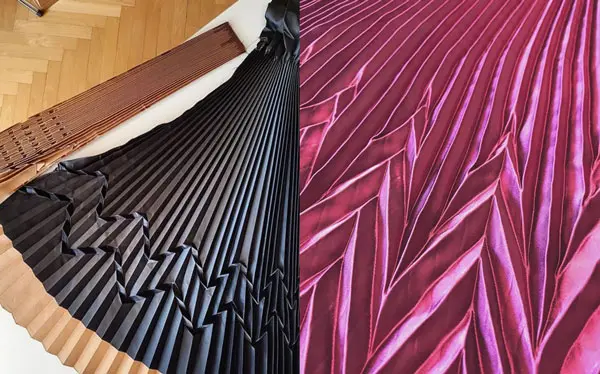
Image: @jankivsiblings, @twinspleating
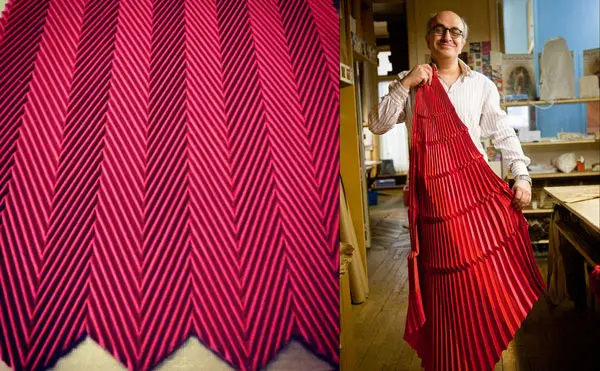
Image: @twinspleating, Gérard Lognon
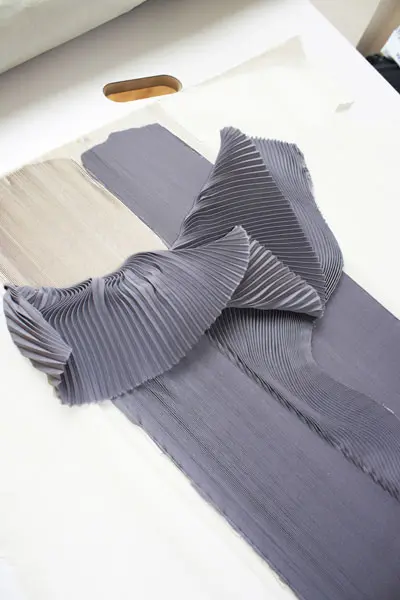
Image: Atelier Lognon
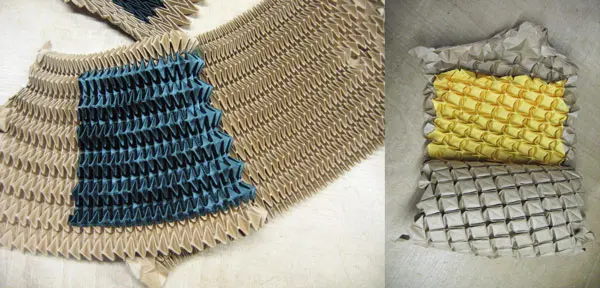
Images: Atelier Lognon
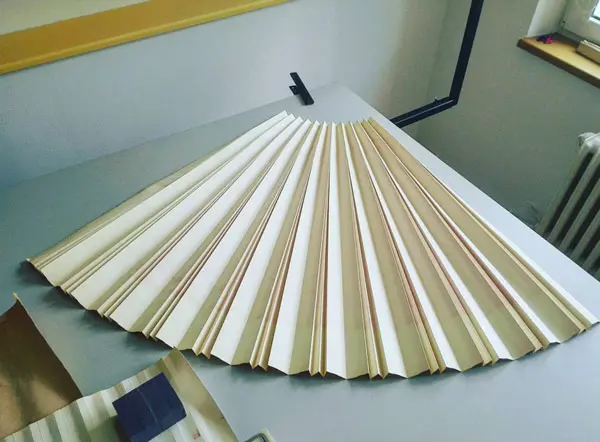
Image: @jankivsiblings
Photos of Pleats at the Races
Pleats are a very popular choice amongst race goers. They really bring a little extra pizzazz to an outfit and give you a standout look on stage! You can have a pleated dress, a pleated skirt, or opt for just a hint of pleats in your sleeves, or as a special feature on your dress. Below are some examples of our very own stylish race goers featuring a wide array of pleats at the track!
Pleated Dress
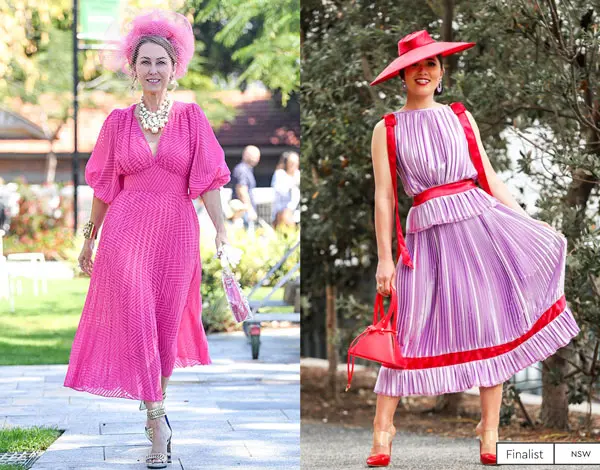
Image: www.fotf.com.au Amanda Macor, Stephanie Kwong
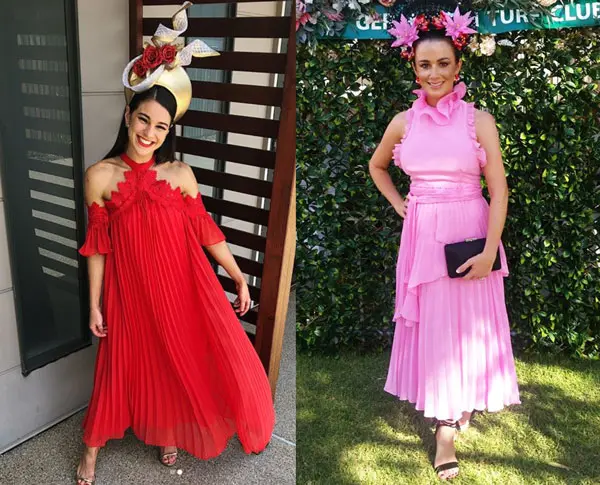
Image: @demc_, @best_dressed_access
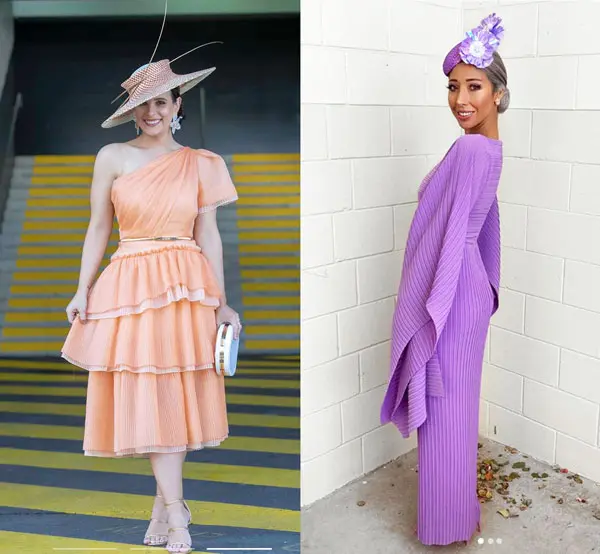
Image: Arriell Scuderi www.fotf.com.au, Milano Imai
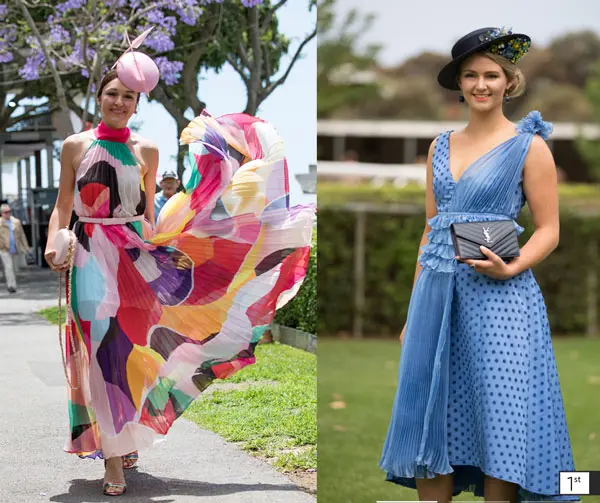
Image: www.fotf.com.au, Viera and Kimmi
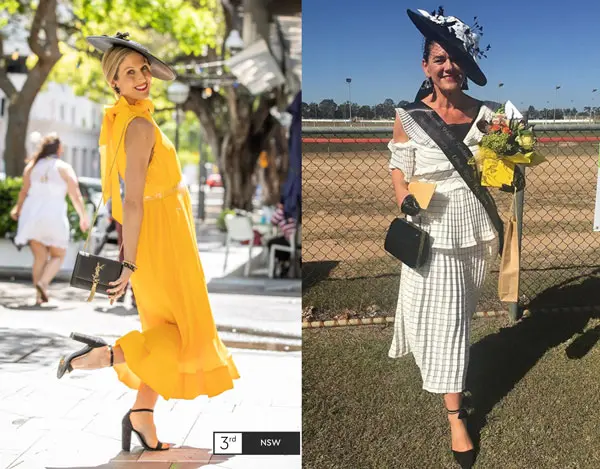
Image: Marlia www.fotf.com.au, @verelleoshanesymillinery
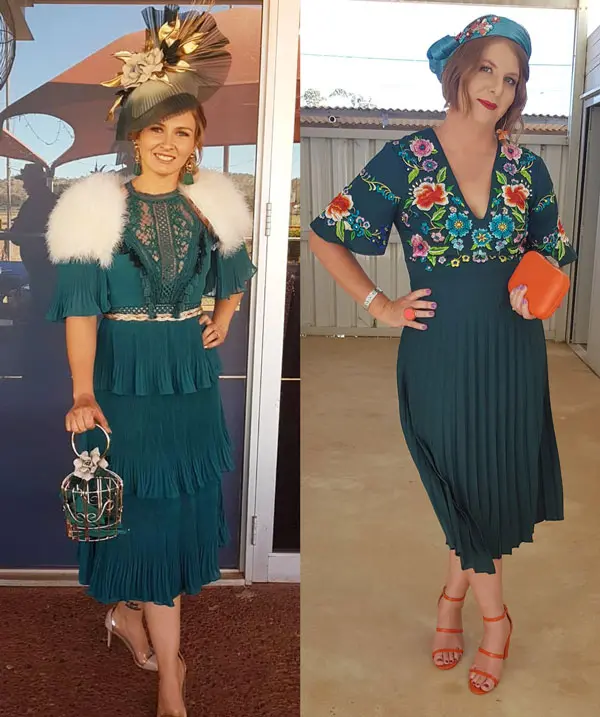
Image: @cheryn_rene, Fiona Crosgrove
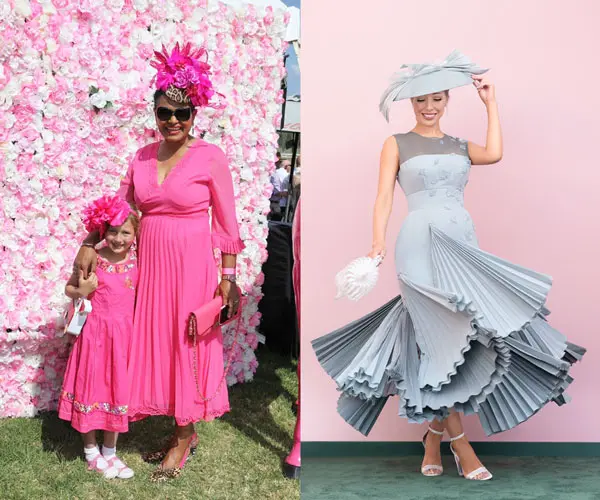
Image: Lavenia Whippy, Wendell Teodoro photo of Milano Imai
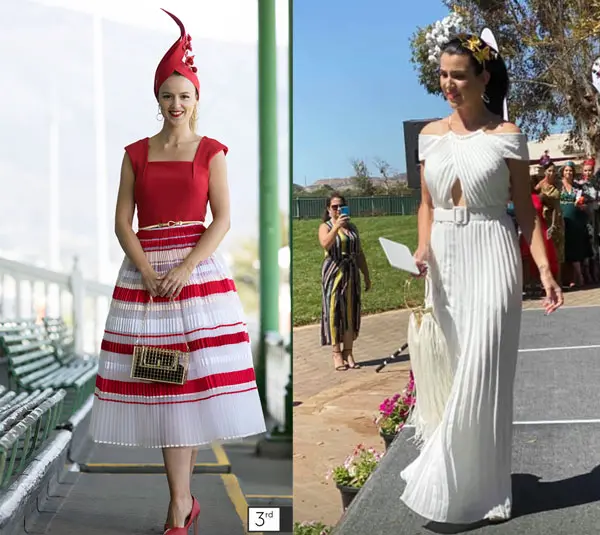
Image: Hannah www.fotf.com.au, Jessica Kirkland
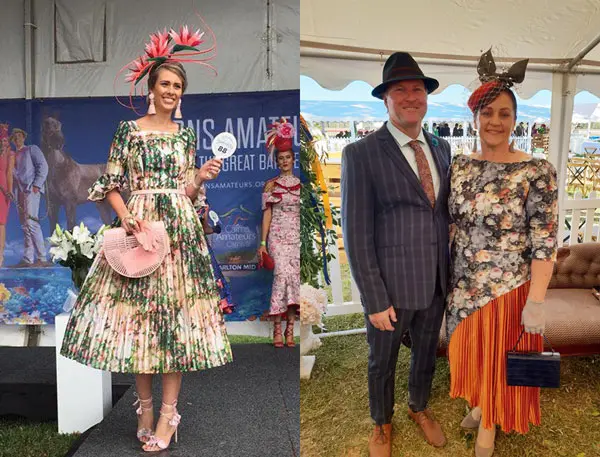
Image: Stacie Galeano Photo from On Track on Trend, Fiona Greentree
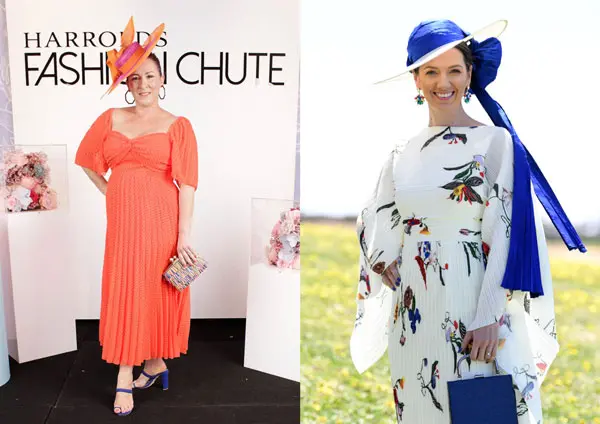
Image: Dee Price, Kristy www.fotf.com.au
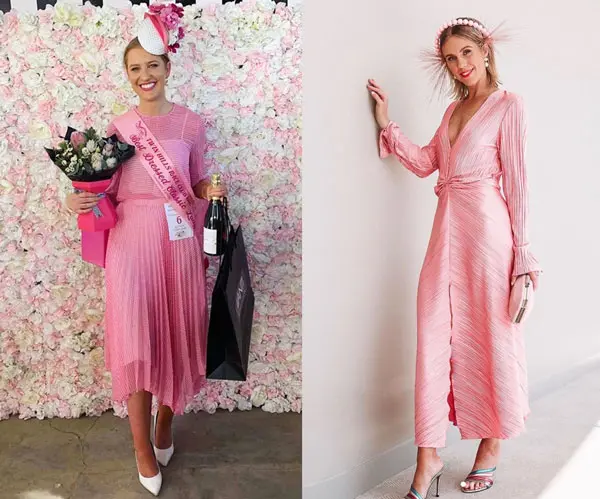
Image: Locopadesigns Photo of Loretta, Crystal Kimber
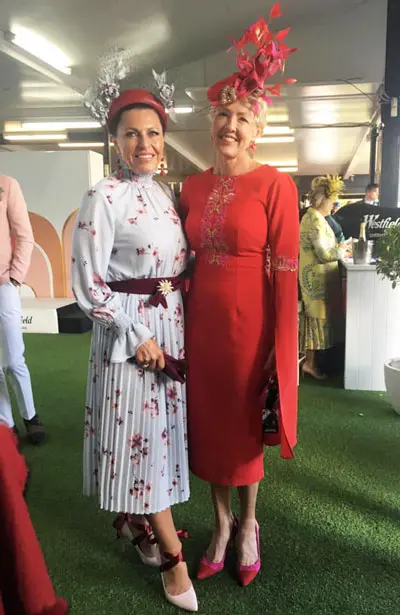
Image: Sharon Lee Smith
Pleated Skirt
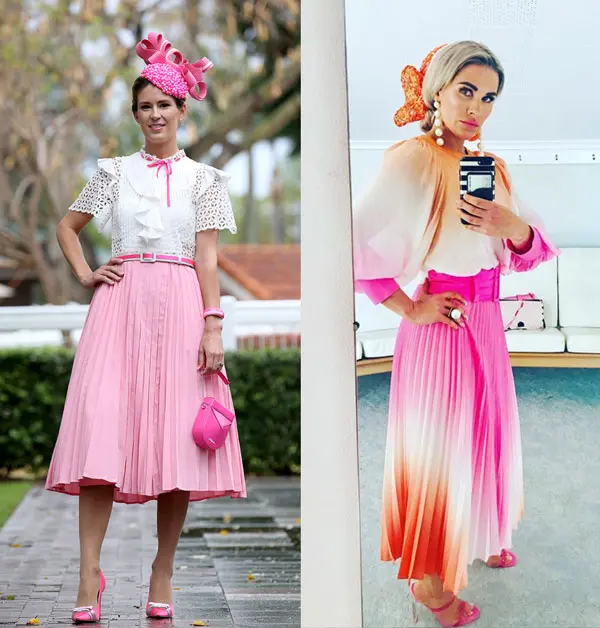
Image: Shannon www.fotf.com.au, @fashion_enclosure
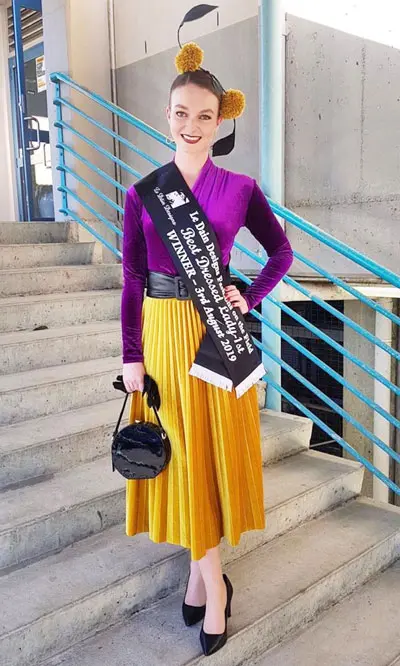
Image: @alanajohnson101, Michelle Meyers
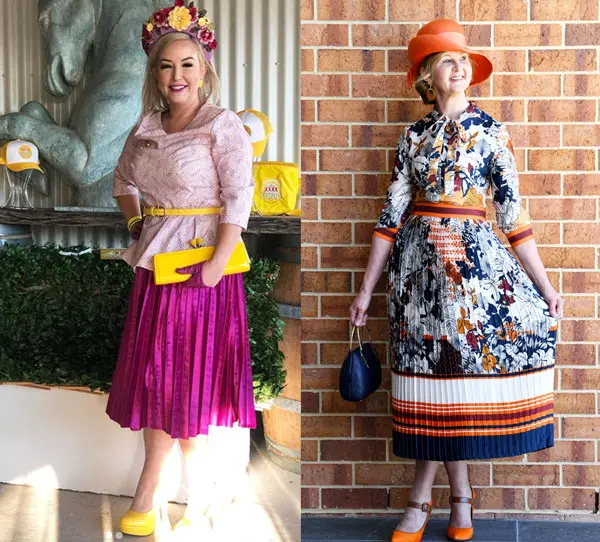
Image: @theheelsnwheelsgirl, Helen www.fotf.com.au
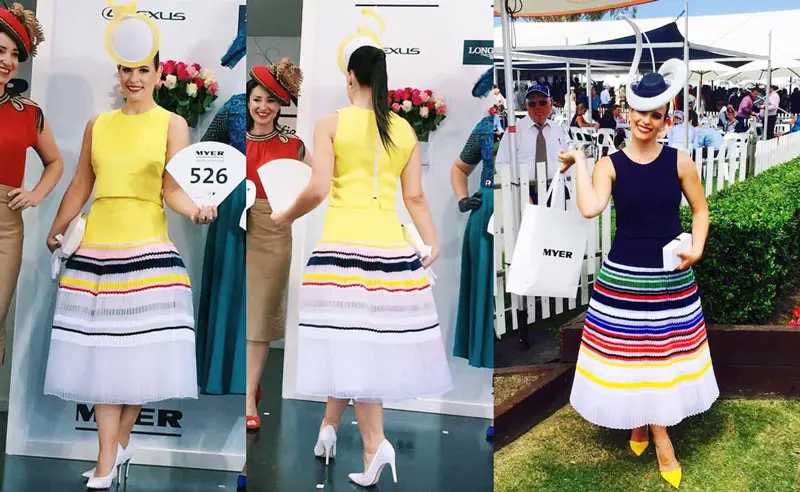
Image: Arriell Scuderi photo from On Track On Trend, Arriell Scuderi
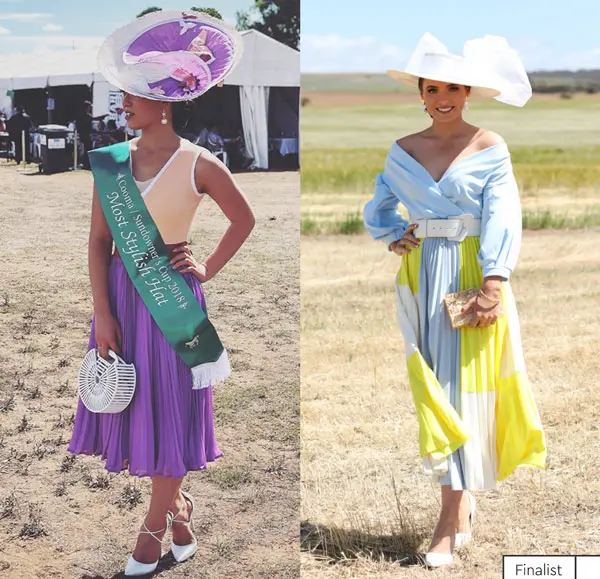
Image: @miss_stephkwong, Jaimee www.fotf.com.au
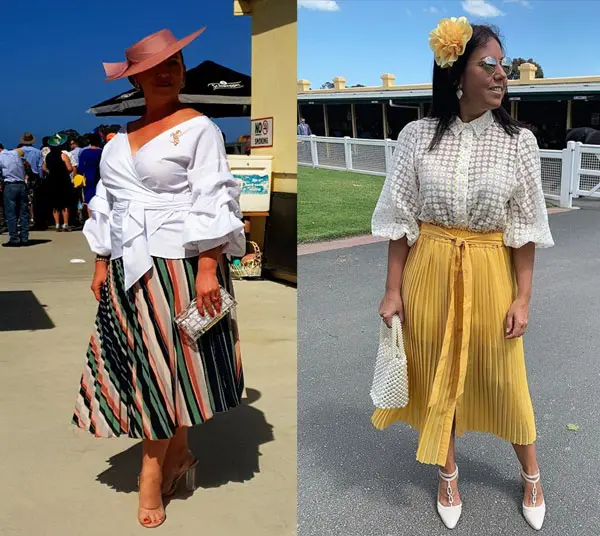
Image: Dee Price, Agnes Bacskai
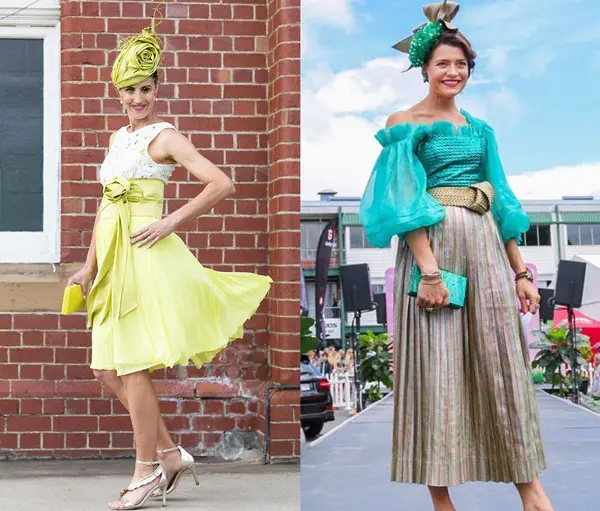
Cassandra www.fotf.com.au, @oliviamoor photo by @katieoneill123
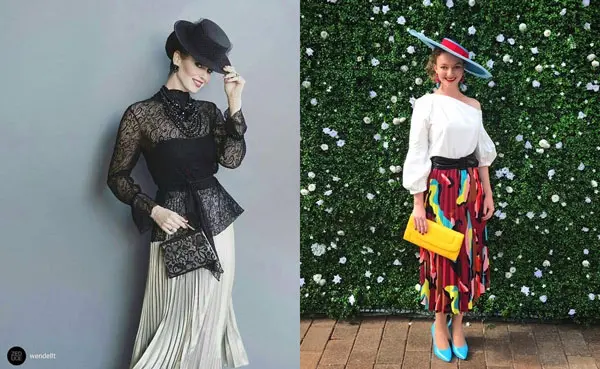
Image: Wendell Teodoro photo of Elizabeth, Alana Johnson
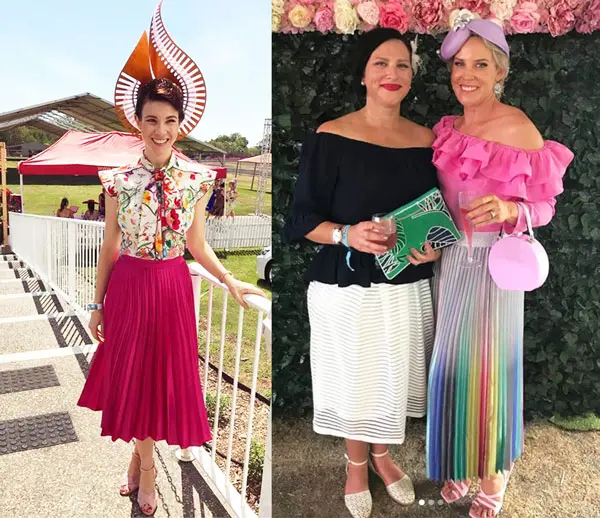
Image: Christine Spielmann, Paula- asked julia watson- pic was on here gram
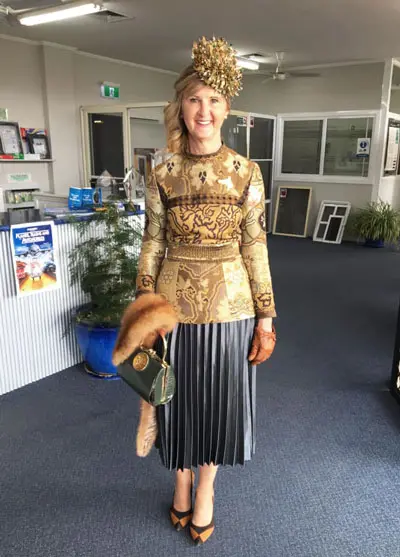
Image: Helen Varcoe
Pleated Sleeve
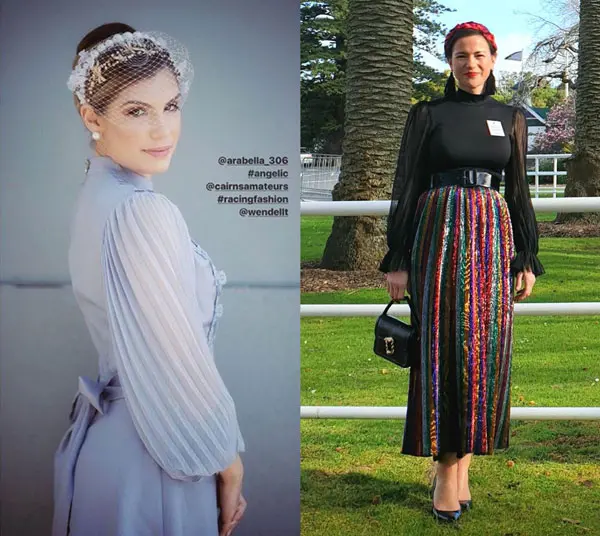
Image: @arabella_306 shot by Wendell Teodoro, Belinda Green
Pleated Feature
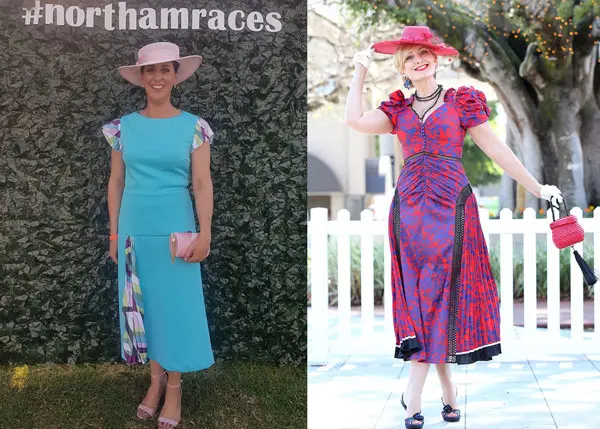
Image: Tina Wesley, Ekaterina www.fotf.com.au
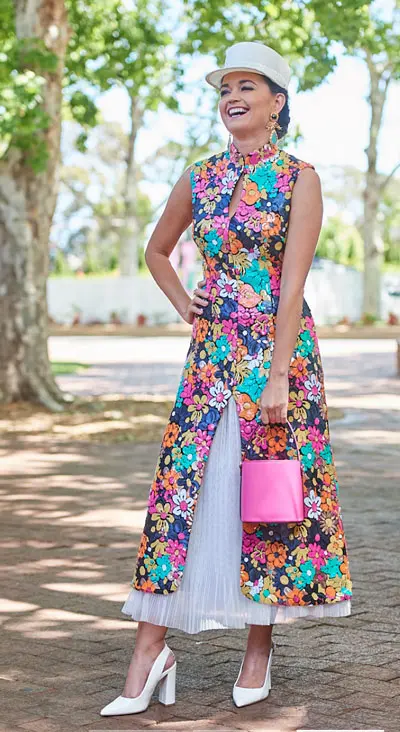
Image: Bernadette www.fotf.com.au
Caring for your Pleats
Upon seeing beautiful pleated fabric, one thought that would definitely cross your mind is ‘How the heck do you wash those things?!’
So far, I’ve had two frightening incidences with my blue pleated dress. The first, a drink was spilled right down the front of it. I had been so careful not to get any food or drink on my dress all day, enter unknown bystander….bumped straight into me! The second was when my friend lent over to grab something out of the car boot, where my dress was laying. She forgot she was holding an open bottle of Fanta under her arm! As she leaned, she poured the whole bottle over my dress!!
With no choice but to act FAST, I ran to the bathroom and filled the bath with cold water and dunked my dress in it. Less than a minute later, I pulled it out and placed it on top of a flat surface to dry (if the dress wasn’t so heavy I would have hung it up on a coat hanger instead). The next day I prepared myself for the worst, but was pleasantly surprised to find my pleats were all still very much intact!!
Pleats that are set in place can be washed, though I would definitely recommend taking them to a dry cleaner. But you can hand wash them. If your skirt is store bought, always check the care label for instructions as this will tell you the best way to launder.
It is important when drying them to hang them on a hanger, as ironing the pleats can be very tricky, especially because you don’t want to get steam anywhere near them as that can affect the shape of the pleats :)
I hope you enjoyed this post about pleats. If you’ve incorporated pleats into your race day outfit, share a photo and some details in the comments below!

